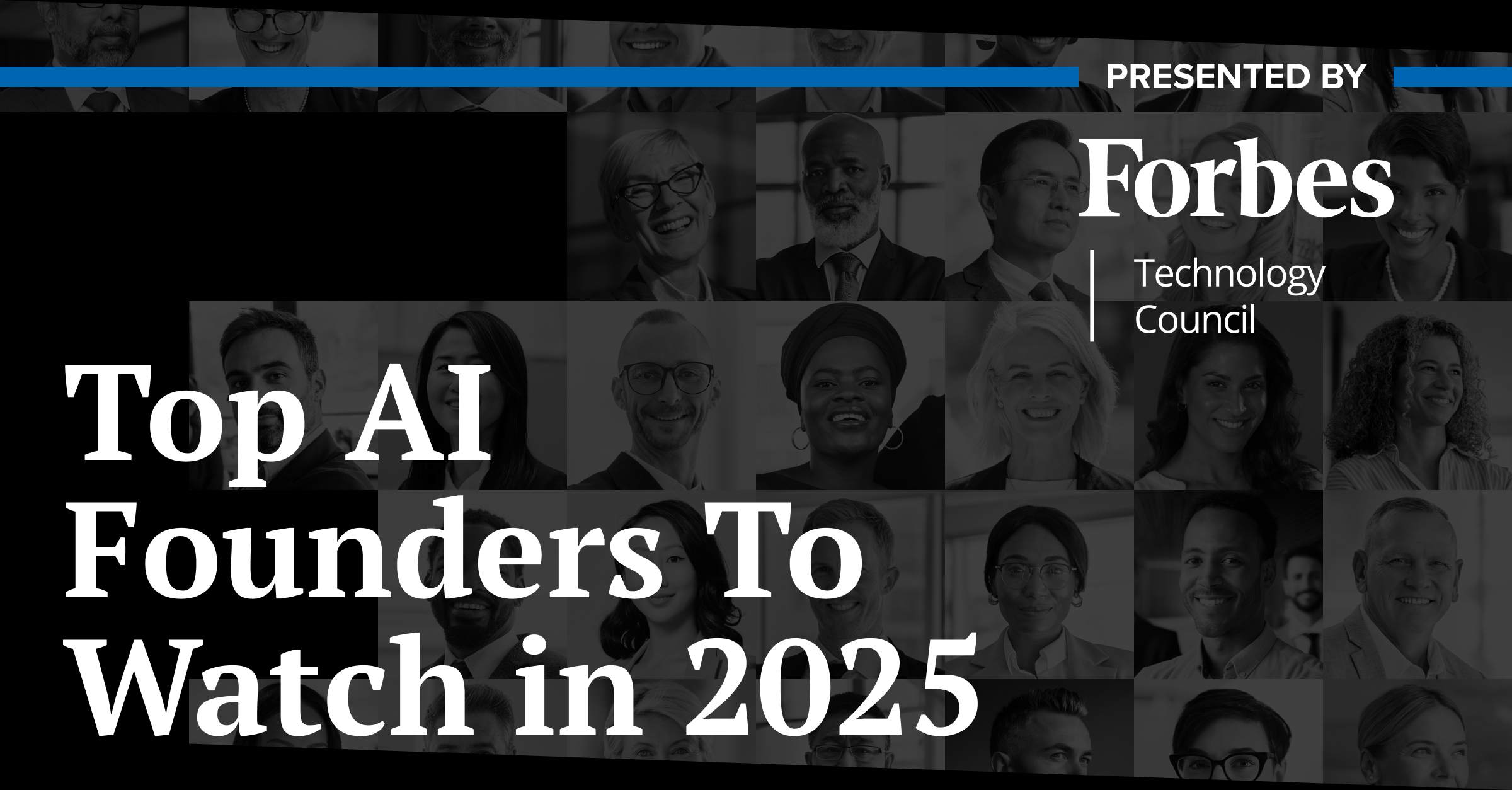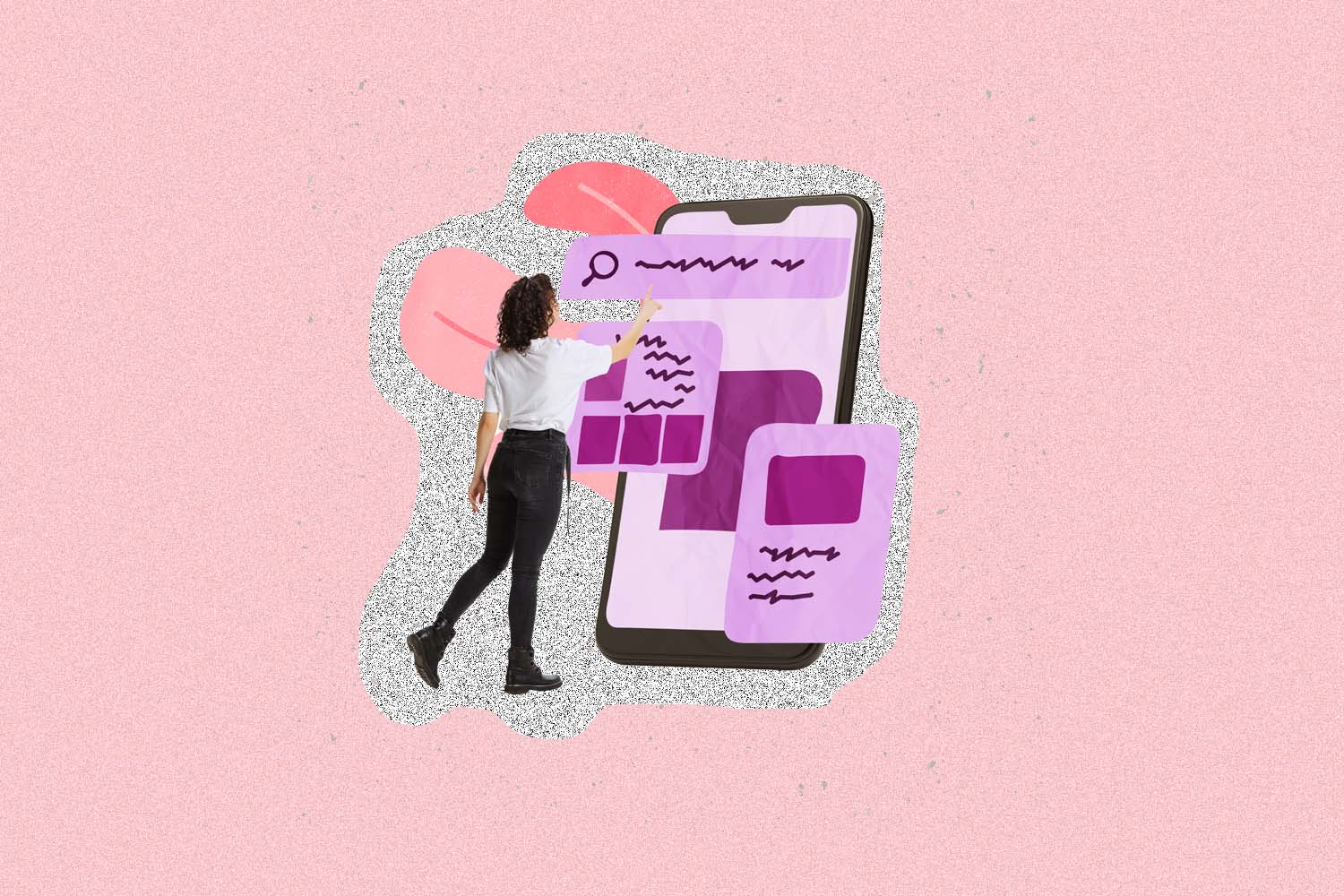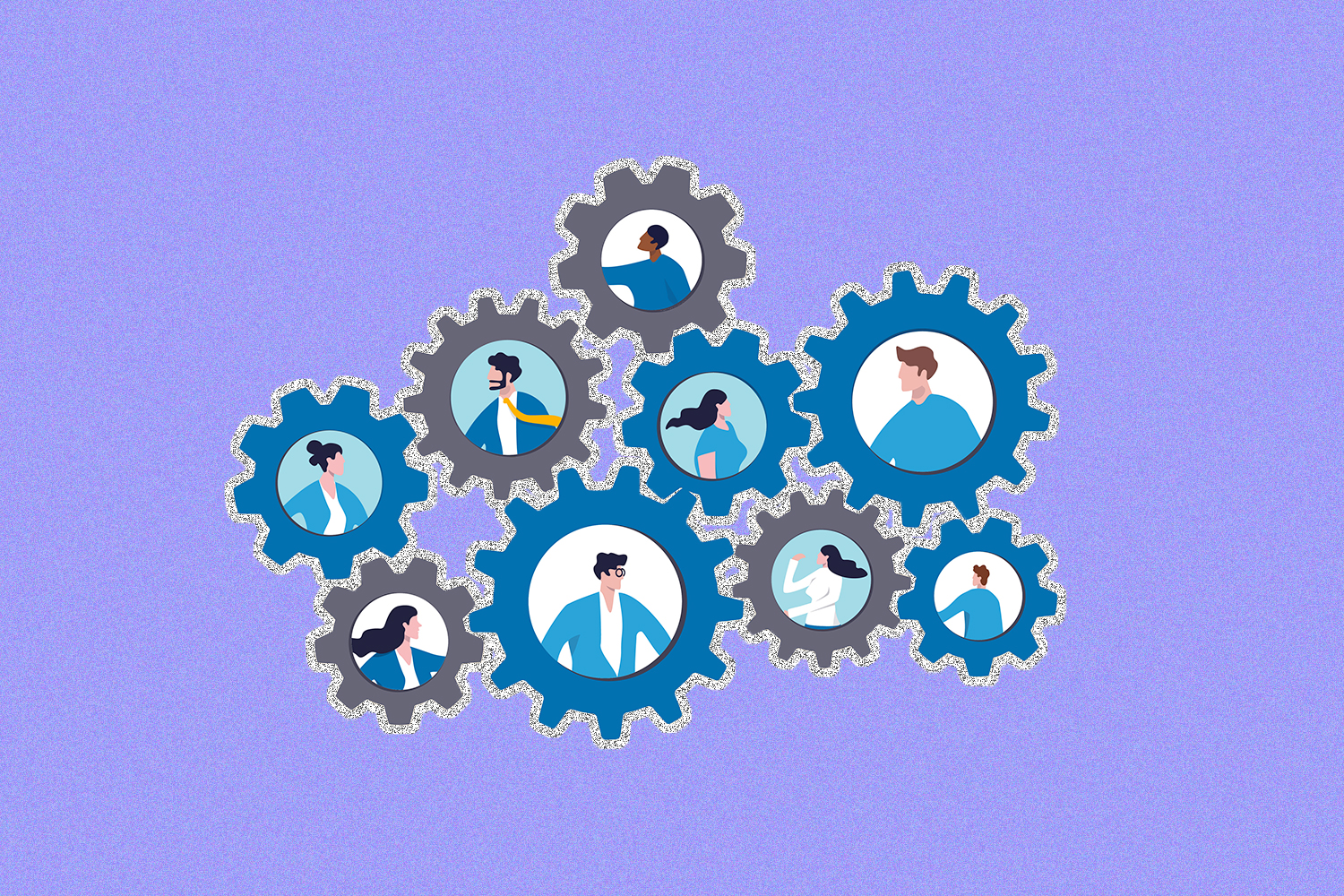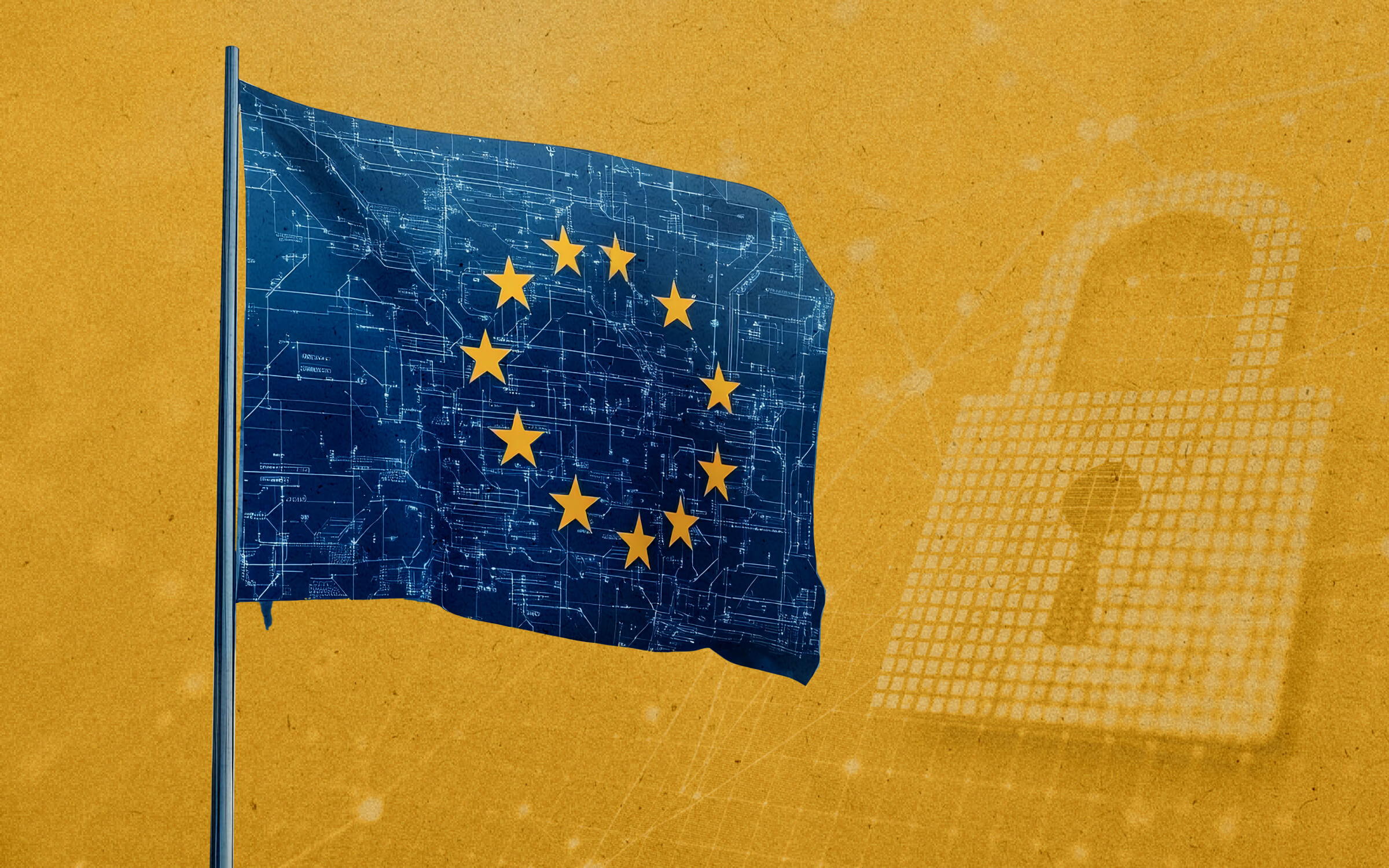While whispers about organizations pulling back on their DEIB efforts have grown louder, Experian has doubled down on its commitment. In 2022, Shannon Snowden, who spent nearly 25 years at Bank of America, was hired as Experian’s global head of wellness and employee resource groups (ERGs).
Since then, Snowden, who is also a member of the Senior Executive DEI Think Tank, has aligned ERGs and wellness to each of Experian’s five areas of diversity: gender, mental health, disability, LGBTQ+, and ethnicity, as outlined in Experian’s 2023 DEI report. A significant portion of Experian’s DEI efforts are dedicated to its 16 ERGs. Three of which Snowden highlighted for their focus on community and wellness:
- Menopause Community: One of Experian’s newest ERGs supporting anyone impacted by menopause. Employees can join for support and guidance.
- ASPIRE: Addresses mental health, advocates for those with disabilities, and supports caregivers across North America, Brazil, and EMEA/Asia Pacific.
- Military Veterans and Patriots: Supports and honors veterans and their families and establishes local partnerships with veteran-focused organizations across North America, the U.K., and Ireland.
Part of getting Snowden’s many mental health and ERG initiatives off the ground involves encouraging continued participation from C-suite members. “When people see executives talking about ERGs and see [them] at events, that automatically breeds a culture of engagement,” Snowden says.
Read on for an edited excerpt of our exclusive interview with Shannon Snowden as she expounds on how she grows and promotes ERGs across a global organization with a flexible work environment.
Senior Executive Media: How does your role differ from Experian’s global CDO?
Shannon Snowden: As our global chief DEI officer, Wil Lewis leads our strategy globally, which includes a DEI focus on people, [and] helping our customers identify solutions in support of financial inclusion, and partnering with nongovernmental organizations. My role is part of his scope. We don’t have overlap, as he expects me to manage, grow, and evolve the ERGs and networks, as well as our wellness strategy, with his guidance.
[ERGs] gather communities and make organizations stronger, but without structure and some guidance, they can flounder. A role like mine should not dictate what ERGs do; rather, it can ensure these internal communities are properly supported and integrated into the fabric of a corporation.
I’m fortunate to be part of a global network of teammates, including a DEI engagement manager and several global well-being managers who drive this agenda, which is integrated into our business operations. For example, we have started to leverage ERGs as part of our development and deployment of products and services, our talent acquisition efforts, and talent growth within the organization. Ultimately, integrations like this and more will become the norm… ERGs can help ensure our culture is aligning with the business and recruit the best talent. They help contribute to innovations and highlight gaps. They serve as internal focus groups and as company ambassadors. My role can help our members be stronger, better-coordinated contributors to their communities internally and externally.
Senior Executive Media: How are you leveraging ERGs in the ways you mentioned — developing products, boosting talent acquisition, and improving talent growth efforts at Experian?
Shannon Snowden: One of the things we have implemented and we’re doing more now is using ERGs as a test group for products we’re taking to market or a service. For instance, how does this product resonate with the Asian community? Are we on point? Are we completely off? Would it not resonate? Would it turn the community off? What adjustments do we need to make? We’re working with various business units across the company… People in employee resource groups like to raise their hand, they like to be involved… [Asking their opinions] empowers [employees] because they’re exposed to things that we are working on, and it helps us as a company because we ensure that we’ve got [the product] in front of people that it resonates with.
From a talent acquisition perspective, we recently created a one-page document that we’ve translated in Spanish, Portuguese, and English. That one-page document has all of our ERGs on it and a brief snippet of what they are. When we’re recruiting, we’ve got something that we can show people that are coming to the table…it gives [candidates] a snippet of what those groups do.
[With talent growth], we’re helping people become leaders and grow their skill set. Sometimes people want to be in [the communications field] but they’ve never done it. They don’t have any professional training. We can give them that opportunity and teach them that skill. Then, when they try to apply for a communications role, they would put me as a reference.
Senior Executive Media: Since Experian is a fully remote workforce, how do you build interconnectedness between employees, ERG members and leaders, and executive sponsors?
Shannon Snowden: In North America, the ERGs are built into the onboarding session so people hear about them right off the bat. It’s a [PowerPoint] slide and it’s someone like me who’s talking about them. We’re talking about what [ERGs] are and what they mean; how ERGs can do multiple things that can help you grow your career like help you gain exposure to other leaders.
We also have in-person events on some of our campuses. In Costa Mesa, during Pride Month, there were a couple of events on campus. I actually heard chatter of people saying, ‘I’m going into the office today.’ They hadn’t been in a while, but they were going in for the event and were going to work in the office that day, so that’s one thing that ERGs do for people is they can bring them together in person. Then we do things on [Microsoft] Teams. Back in 2020, when we were all put in our homes and couldn’t come out, a lot of fun things came out of Teams. I saw people at a previous employer bring a chef in and people did cooking classes with the ERG. We did trivia. You can do all kinds of fun things and that’s what helps bring people together.
Senior Executive Media: Can you break down how the 16 employee networks and resource groups are run across the globe?
Shannon Snowden: In each of Experian’s regions — Brazil, North America, U.K., and Ireland — their ERGs have their own setup. They have executive sponsors that are more boots on the ground. They will have one or two leaders that lead the ERG. Then, they have committees that can be anything from a communications team to an event planning team. They could be a membership committee. They could be a community volunteering committee. There can be anywhere from four to six committees.
My preference is you then have two committee leaders. I’m a big believer in that because…you’ve always got a backup. I encourage those committee leaders to build out committees so that you’ve got hands and feet that are actually doing the work while you’re doing the strategic piece. When you think about it, an ERG can easily be three to four layers down. It can be your executive sponsors, it can be your ERG leaders who are doing the day-to-day [work], and then the committee leaders and committee members.
“When you think about it, an ERG can easily be three to four layers down. It can be your executive sponsors, it can be your ERG leaders who are doing the day-to-day [work], and then the committee leaders and committee members.”
Shannon Snowden, Global Head of ERGs and Wellness at Experian
One of the things that I teach when I give talks is how to run your employee resource group like a line of business… You should have those committees. Then, when you think about that from a talent and succession planning [perspective], you now may have an individual that’s never had the opportunity to lead in a company before, be a true people leader or manager. They’ve worked their way into this leadership role in an ERG. They’re now leading committee leaders and committee members. They’re putting on 10 ERG events a year. They’ve grown their membership by 50%. Their event satisfaction scores are 90%.
That’s somebody I’m going to take in front of our HR team and say, ‘Susan is doing a phenomenal job. What are we doing here? Have we ever considered putting her in a leadership role?’ It could just be because she didn’t have the right exposure, she just wasn’t in the right role, and people just didn’t see her. Now they see her in a different light. I have proof of what she can do — and she’s leading volunteers. Listen, if you can lead volunteers and do that successfully, you can lead in a paid job because [leading volunteers] is a difficult role to be in.
A lot of companies do not run [ERGs] this way. A lot of people run it very grassroots… They get in and get it done. If that’s what works for them, that’s fantastic. I like structure, I like organization, and I like having a backup plan. At a previous company, I had somebody running finance for me for a very large employee resource group. She walked in on a Friday morning and told me she was stepping away from the company for a year, taking a leave of absence. I said, ‘Okay, when is this happening?’ And she said today. I had no idea what to do. You can imagine the scrambling that takes place to make that happen because when somebody needs money for an event, they need money.
That [experience] changed my mindset to make sure that there are layers upon layers. Plus, it brings more people in. The more people you have helping, the more you can give them bite-sized chunks of work to do because as a volunteer, you can’t give somebody eight hours a day worth of work. You give them a specific piece and that’s what they work on. People are satisfied with that.
Senior Executive Media: How often do you connect with ERG leads?
Shannon Snowden: I’m in the process of trying to figure out what that’s going to look like. When I first started here, I thought I was going to do it monthly. Then [I realized] I can’t meet with that many people. I’m trying to figure out a cadence: what works for them and what works for me because they have busy jobs too. At a minimum, bimonthly, and it would be with each of the ERG leaders to just get a pulse. Where are you? What can I do for you? How can I help you? What roadblocks do you have? What do you need from me as a person and what do you need from us as a company? Really hearing them and trying to make sure that we’re providing for the needs that they have.
Senior Executive Media: Which initiative are you most proud of seeing through since you joined Experian?
Shannon Snowden: We recently launched a brand new global ERG portal (an internal company website) and it’s something I am the most proud of to date. It’s a huge initiative, and it took so many people to pull it together to make it happen… We built it in three languages: English, Spanish, and Portuguese, which was a huge undertaking. Experian doesn’t have another site like that.
We also put a lot of work into making sure the site is digitally accessible for people that need that accessibility… We have alternative text. One of the things I learned through this is a lot of people assume alternative text is just for a photo. That’s not true. It’s for any icons that you have. It’s the coloring of your site…when we built it, we went to some of our associates that need these accessibility features and asked them if they would be willing to test the site. When we did user acceptance testing, we pulled [these associates] and had them test the site.
[The portal] is a really exquisite hands-on SharePoint site. On the site, you can go to an ERG’s page and it has an intro of what that ERG is about. There’s a page that shows all of their leaders. It shows [employees] how many members; there’s an ongoing counter. Every time somebody joins, it changes, so it’s just a really awesome tool for people to be able to leverage. With one click of a button, you can join an ERG. Then, when people join and get access to the portal, all of the ERGs put their events there so there are events from around the world. When you join an event, it comes to your inbox that you’re going to this event and it goes to your calendar and automatically sends you reminders. There’s also news on [the portal]. Think of Yahoo, there’s a carousel with current news. There’s resources that people can use, whether it’s podcasts or recommended books, or any type of resource that you might want.
The other really cool benefit of [the ERG portal] is I can [virtually] attend an event in Brazil if I want to. It’s a really cool way to connect our entire company together through the power of the ERGs. Leaders can be exposed to events around the world. For instance, I can see what events someone in London is doing with the mental health network. In North America, I may want to just borrow exactly what they’re doing [and] put on the same thing for my members… A lot of times, you’re only a member of one or two ERGs, so you may never have exposure to that particular event. You can pull it in and use it for your group of people, should it fit your community [and] your cause.
Senior Executive Media: If a DEI leader is reading this and wondering if they should create an ERG portal at their organization, where should they start?
Shannon Snowden: [DEI leaders] need to make sure they’ve got complete backing and buy-in from the decision-makers. It’s an investment of your time, and it’s obviously a financial investment to build something like this. [Leaders] need to think about their journey with ERGs. Where are they trying to go? For some smaller companies, it might not be worth their time. If they just have a handful of ERGs and they’re all in one location, it might not be something that’s worth their time. But when you’re global or have facilities all over the U.S., it’s so helpful because now you’re connected.
I think you need to ask yourself: What kind of connectivity are we looking for? What kind of exposure are we looking for? Are our leaders supporting and backing this? Where are we taking our DEI mission? What are we trying to do?







